And then, one Disney movie swung the pendulum back in the direction of island pride and traditional values. Moana, from a remote fictional island in Polynesia is faced with a crisis effecting her island and people. She must set sail over the horizon in a traditional canoe to help save her people. The impact on Miluu was immediate. Inspired by a new role model, Miluu started asking a new set of questions: Can Palauans still make sailing canoes? What materials do "my people" use to make sails, paddles, & outriggers? How many friends could I fit on a sailing canoe? The moment of opportunity was not lost on Miluu's American father. Tragically, the art of building traditional sailing canoes has not been practiced in Palau since before WWII. Palau is however quite fortunate to have a group of islanders in their midst which still rely on the breadfruit hull of a canoe and the woven Pandanus sails for their survival. These are the atoll dwellers. Scattered amongst the high islands of Oceania are the coral cays or atolls, characterized by a low lying sandy islands enclosing a shallow water lagoon. For the last three thousand years, brave Polynesian and Micronesian navigators have located and colonized these remote island outposts. Despite the tropical beauty of these tranquil environments, living on a sandy beach comes with risks. The vulnerability of typhoons and the stress of food shortages have necessitated a unique cultural adaptation among the atoll dwellers: mobility. And thus the traditional canoe to this day continues to be a source of pride and dire necessity. Miluu's dream of a sailing canoe came to the attention of a group of atoll dwellers residing in Palau. To the South West of Palau are the inhabited island groups of Sonsorol and Hatohobei. Between Yap and Chuuk in the Federated States of Micronesia can be found Ulithi, Woolei, Ifalik, and Satawal. Despite the great distances separating these people, they are bound by one language, loosely described as "Carolinean." And these warm hearted islanders agreed to turn Miluu's dream into a reality....
0 Comments
Calvin Idek Leidich, an eighth grader at Koror Elementary School returned to Palau on Saturday, December 9th after a father-son dive adventure in Chuuk. Prior to departing for the F.S.M. Calvin had logged over 250 dives in Palau, Indonesia, and Costa Rica. He's made over fifty dives on Palau's epic WWII shipwrecks and was interested in learning more about the US fast carrier strikes of 1944 and the devastation they brought to Japan's combined fleet. To prepare for the SCUBA adventure & history lesson, Calvin studied battle maps, read WWII books, and watched Pacific Theater documentaries. Calvin's first dive in "Truk Lagoon," was to the famous Fujikawa Maru, which was sunk on February 18, 1944 (about six weeks before the aerial bombardment of Palau). The Fujikawa was on a mission to deliver aircraft to Chuuk for the island's defense. Though most of her aircraft had been offloaded prior to the US bombardment, Calvin still found four Japanese Zero fighter aircraft in cargo hold #2. He carefully avoided live ammunition and explosive rounds in the cargo hold, eventually positioning himself next to the aircraft's cockpit where the pilot's seat, instrument panel, and gauges could still be seen. During Operation Hailstone, US dive bombers & torpedo bombers made direct hits on the Fujikawa over a two day period until finally she succumbed to fires and flooding. The most unusual dives in Chuuk were on sunken aircraft and a Japanese submarine. Discovered in only 60 feet of water near Eten Island are the nearly intact remains of a Mitsubishi G4M Type 1 Attack Bomber, code named "Betty" by the Americans. Calvin carefully swam through the fuselage of this vintage aircraft emerging from the nose cone, which during the war held 7.7mm defensive machine guns. Even more interesting was a dive on a Kawanishi H8K flying boat, code named "Emily." During the war this massive four engine bomber was bristling with guns and could ward off attacks from the best of the American fighter aircraft. Tragically the remains of a submarine, I-169, are left on the bottom of the lagoon after the crew inadvertently dove to avoid an American bombardment. With hatches left open, the submarine quickly flooded trapping the crew inside. Calvin's favorite dives took him to some of the deepest waters of the lagoon. On the Nippo Maru Calvin posed for photos next to a Type 95 light tank and cannons destined for the island's defense. On the Hoki Maru, Calvin slipped into a cargo hold full of utility trucks, bulldozers, and a steam roller. Perhaps most interesting of all was the Heian Maru which was a pre-war luxury liner, converted into a submarine tender. Calvin dove within touching distance of torpedoes and attack periscopes. The Japanese Long Lance Torpedo was powered by 100% oxygen and gave the Japanese a decisive advantage over the American's inferior Mark 14 torpedo.
The wrecks today are covered with a luxurious assortment of soft corals, sponges, and marine life adding a stunning splash of color to the otherwise rust colored hulks. While Calvin's father photographed cannons, tanks, and aircraft with a wide angle lens, Calvin took macro shots of the colorful reef fish, corals, and invertebrates. He also carried a Go-Pro to shoot video of Chuuk's best kept secret, the Indo-Pacific Bottlenose Dolphins. Known scientifically as Tursiops aduncus, the species known range extends from East Africa to the Solomon Islands. Related to the better known Oceanic Bottlenose, Tusiops truncatus, the Indo-Pacific species had never officially been described from Micronesian waters. Calvin's images have thus added an important clue to our understanding of Cetaceans in the Caroline Islands. More importantly, these wild dolphins are exceptionally playful and will swim with visitors for hours when the mood is right. This 13 year old Palauan has now logged over 170 dives including expeditions to Komodo Island which is home to the famed giant lizards, the Komodo Dragons (Veranus komodoensis). Earlier this year he dove amongst the schooling Hammerheads and Whale Sharks of the Cocos Islands in Costa Rica. Calvin has kept a photographic log book to carefully document all of his adventures. Before age 12 Calvin had already travelled to all seven continents! During his upcoming summer holidays he plans on diving the Red Sea after a family trip to Africa. When asked what motivates him to travel so far from home, Calvin said that the planet is his classroom and he hopes to experience as much as he can. |
Categories |
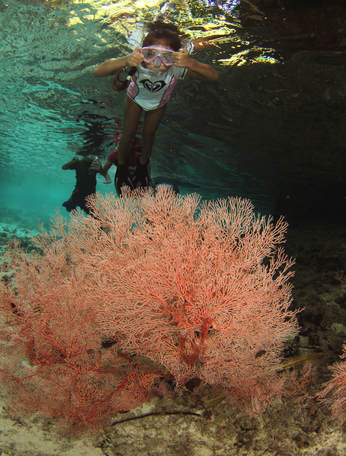
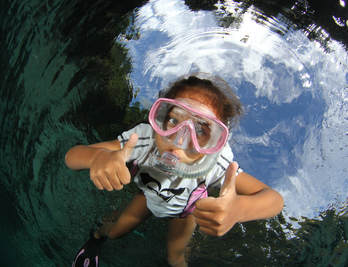
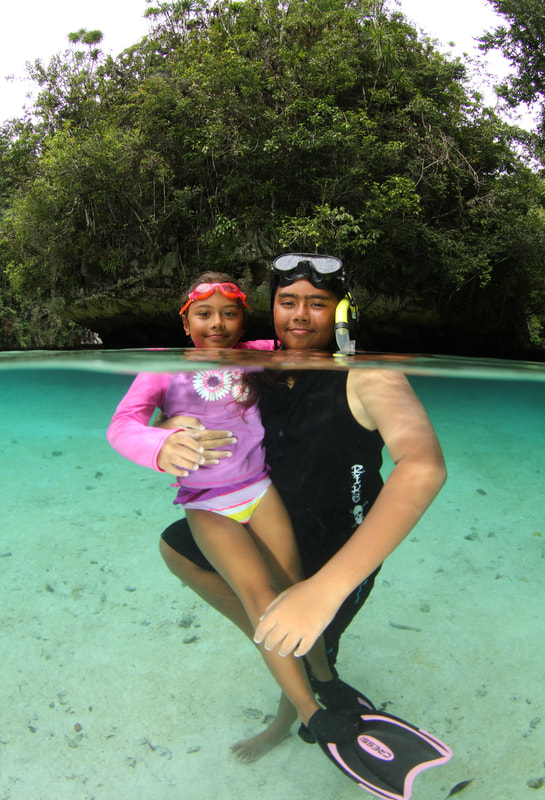
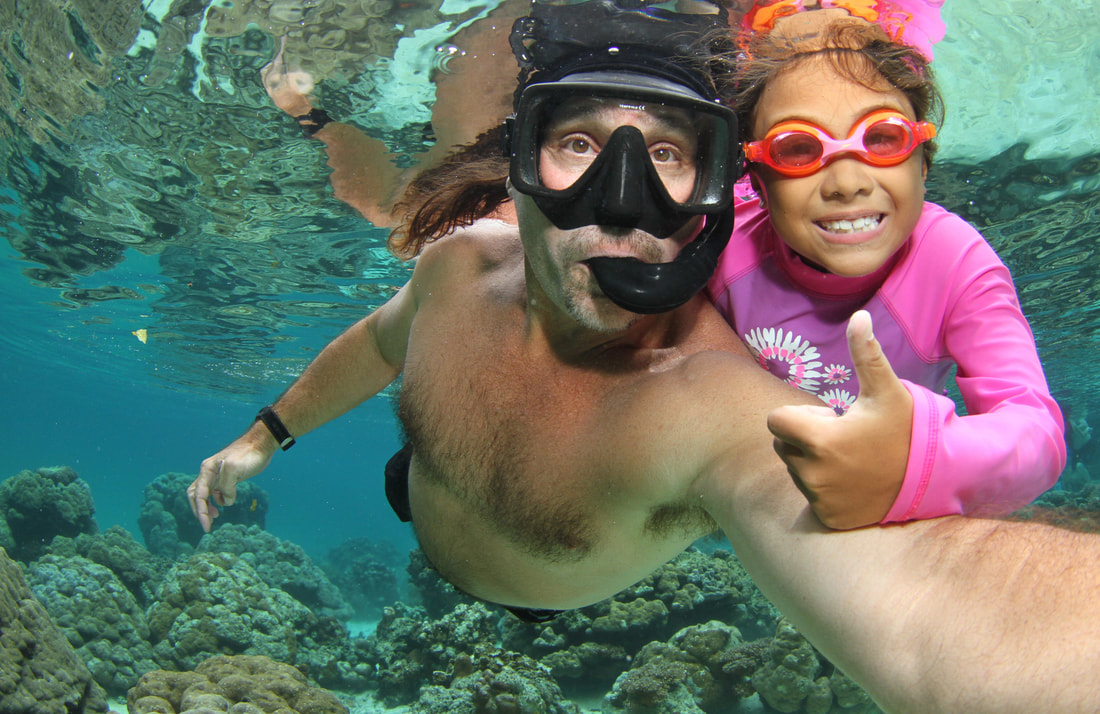
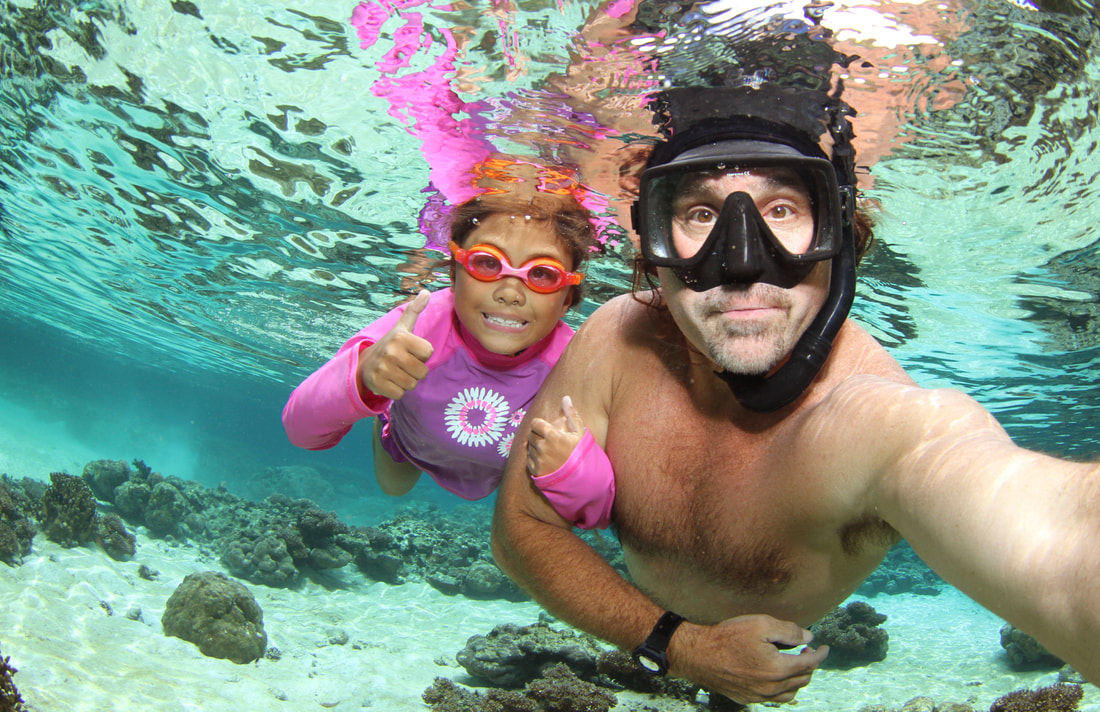
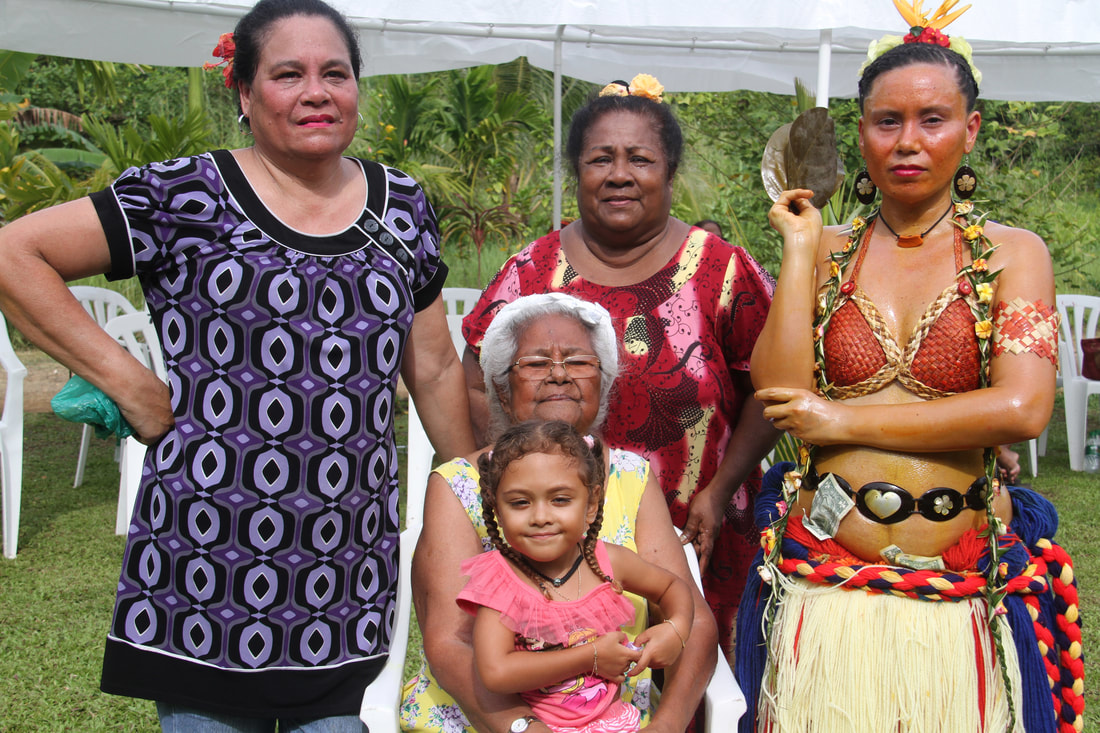
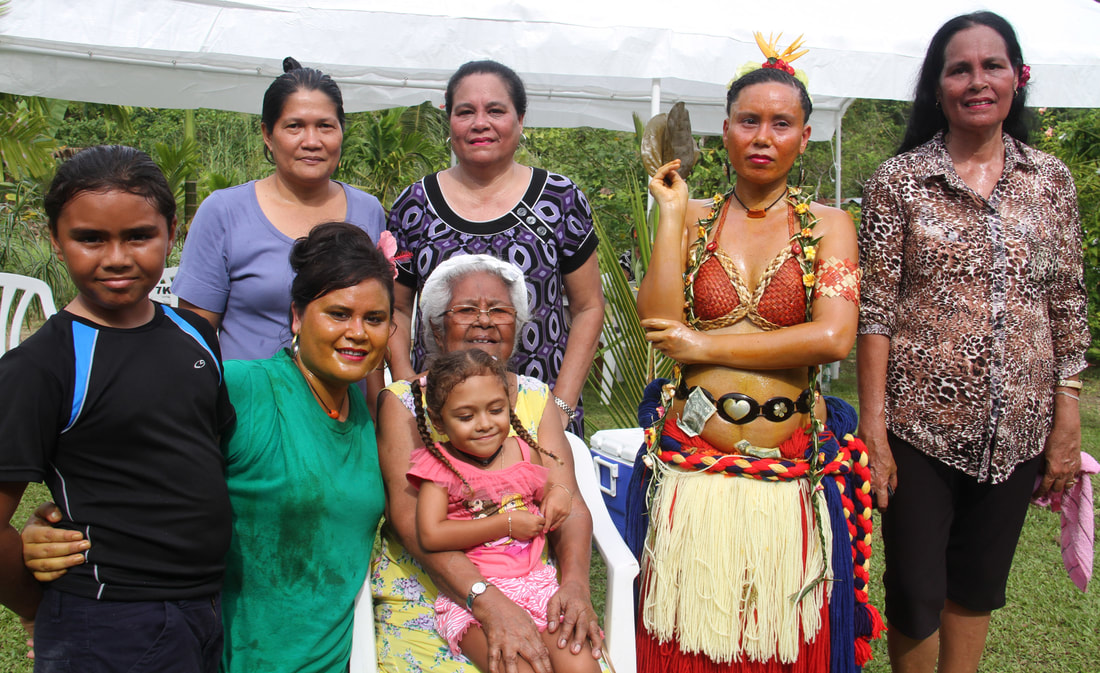
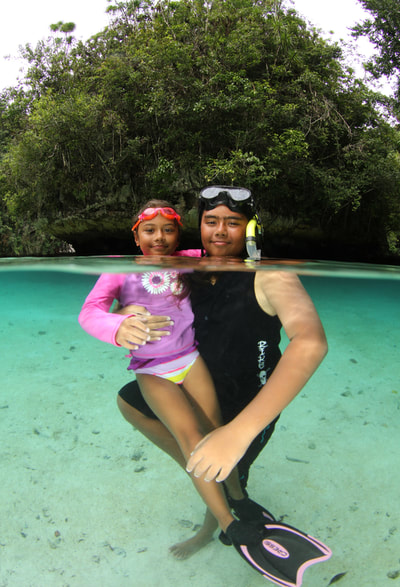
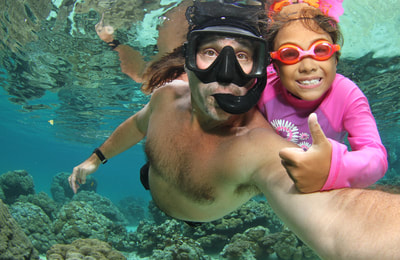
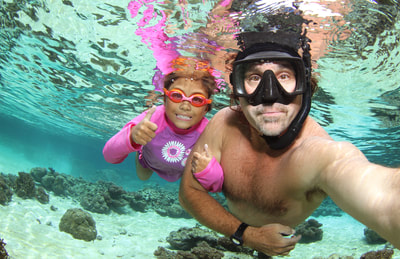
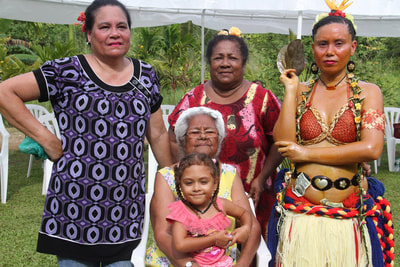
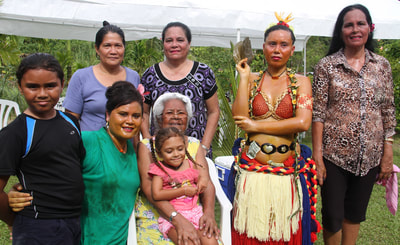
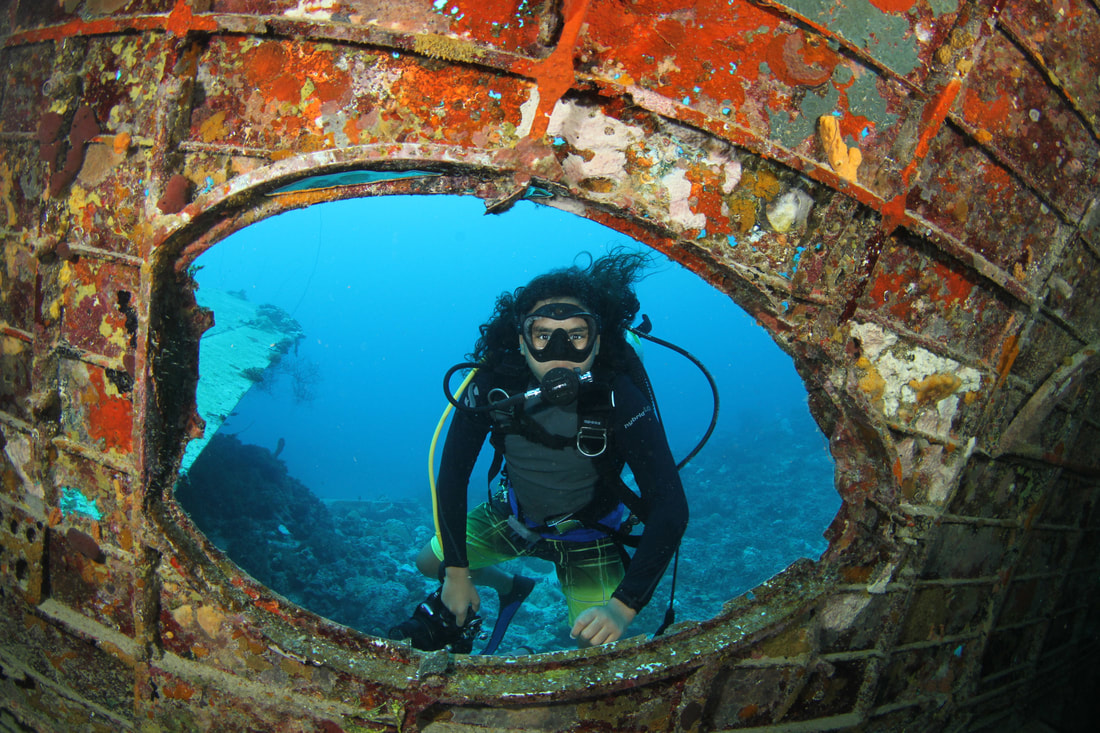
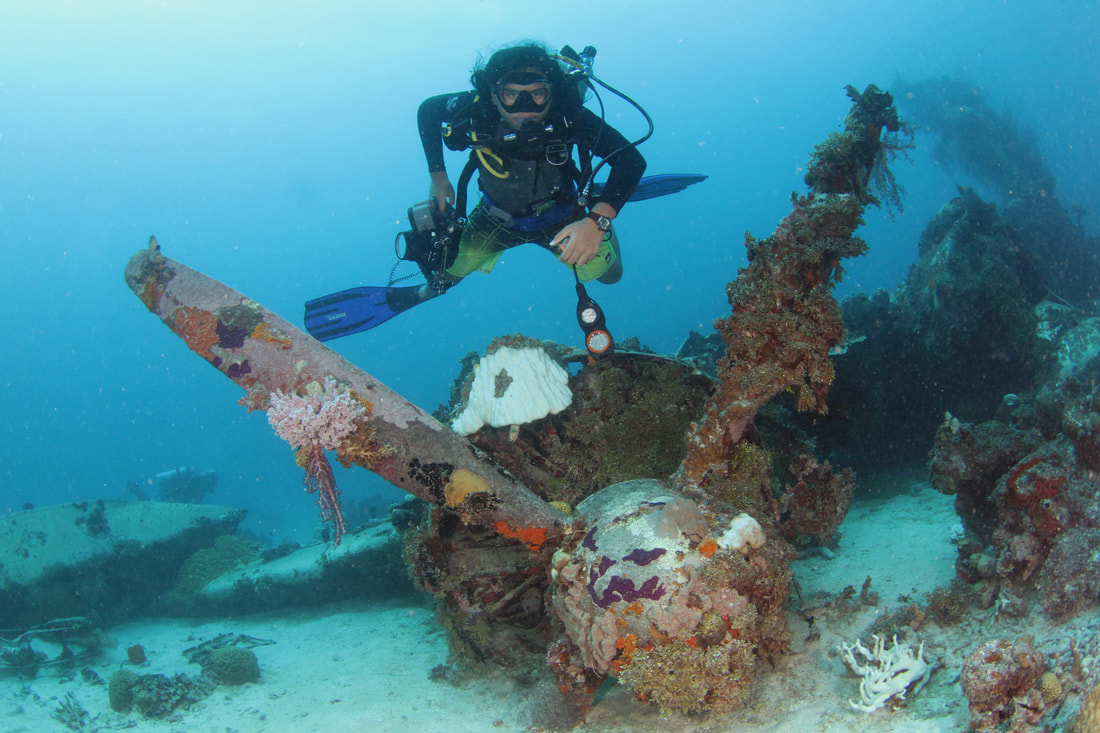
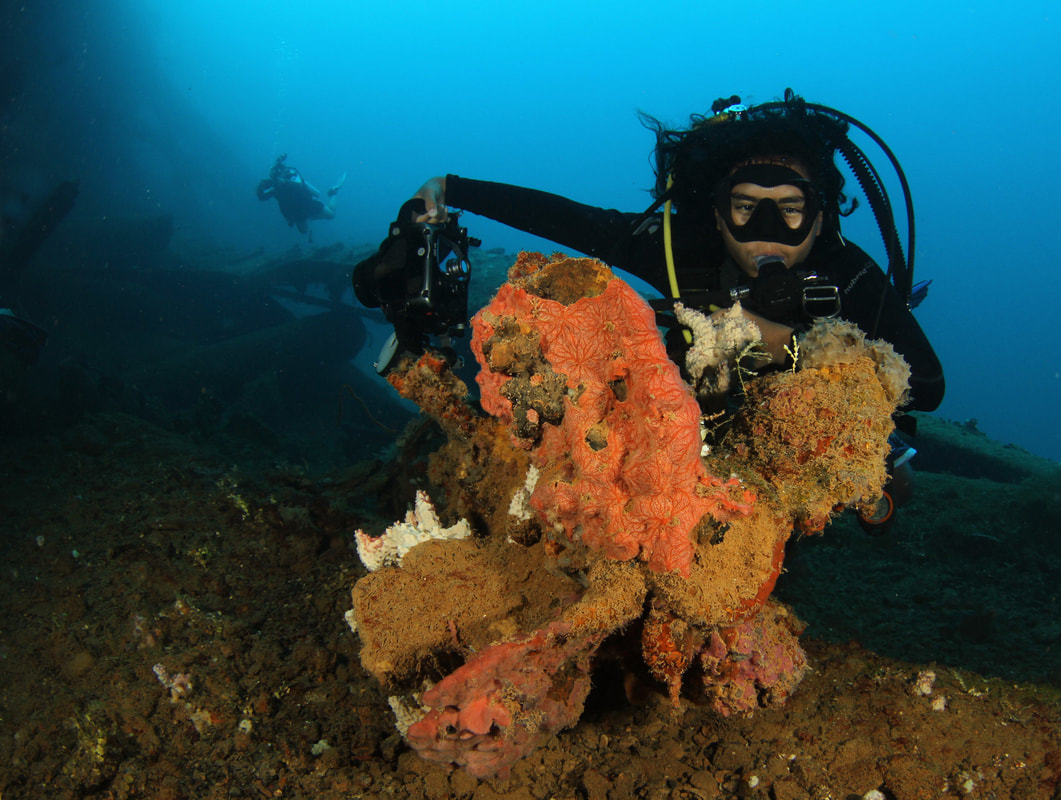
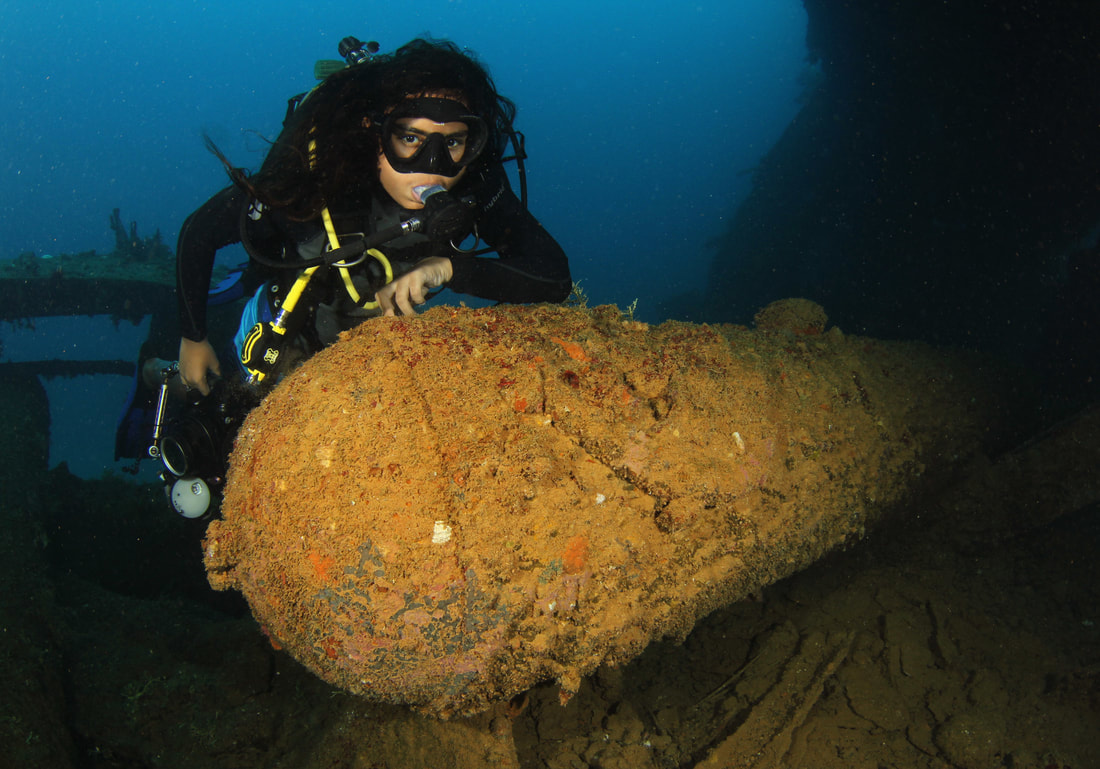
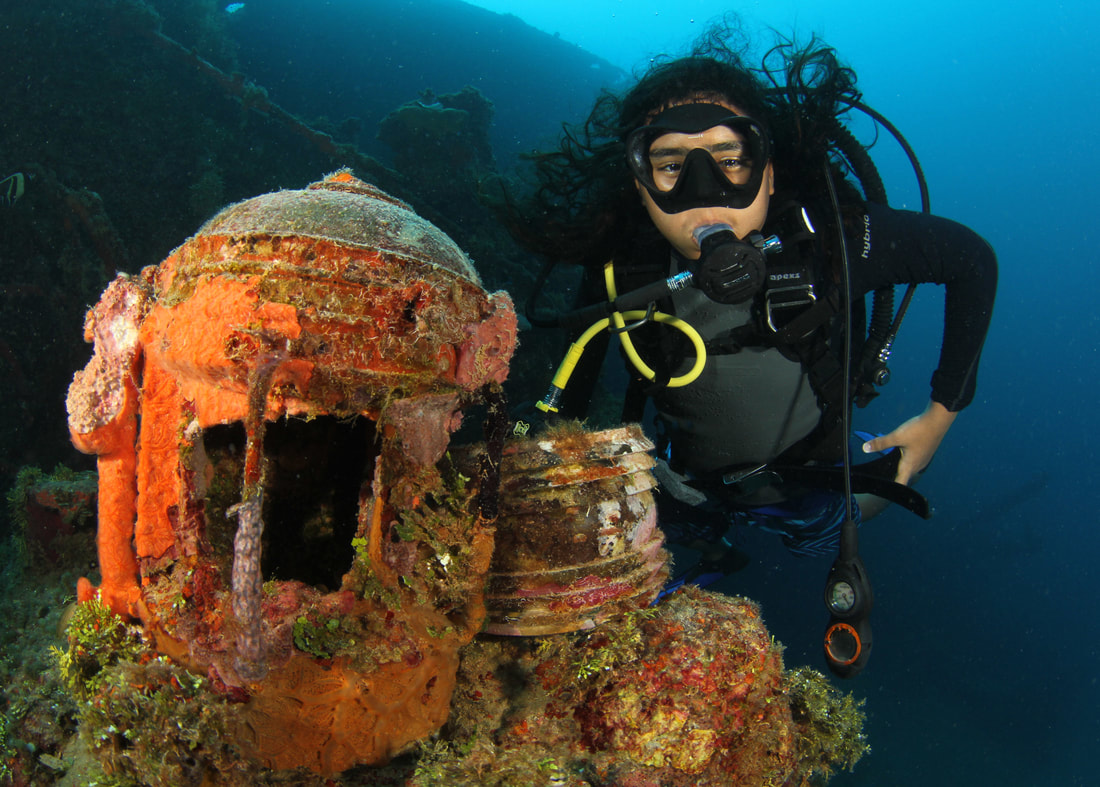
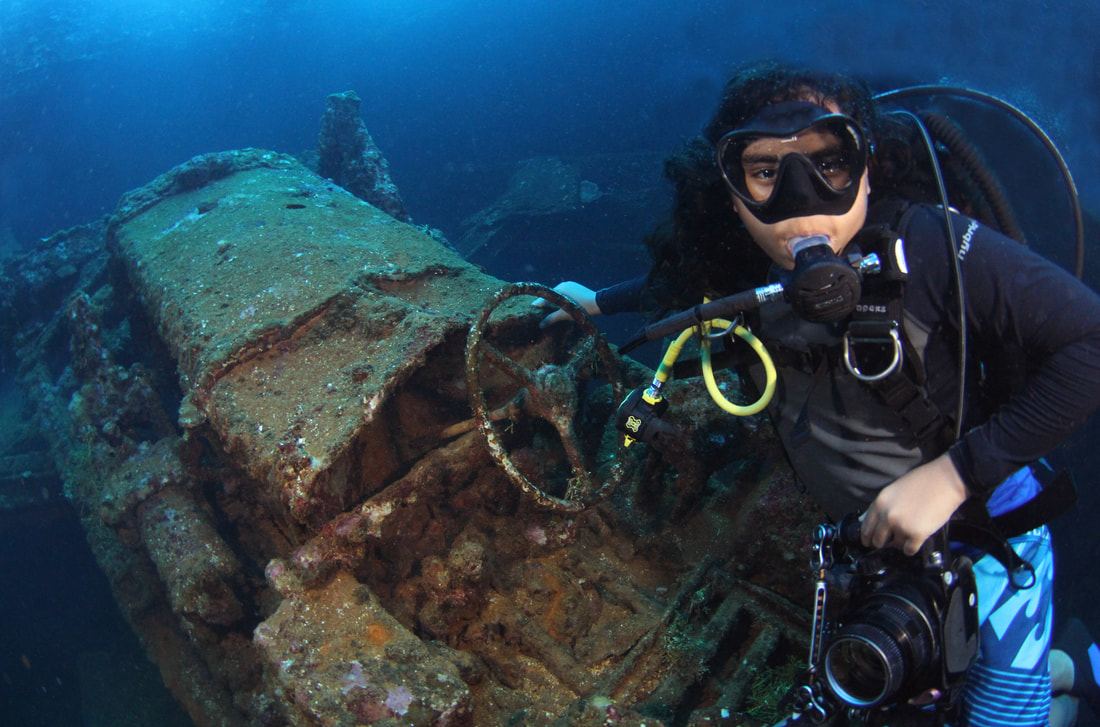
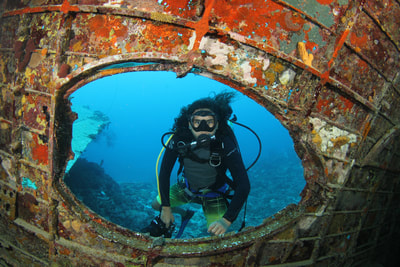
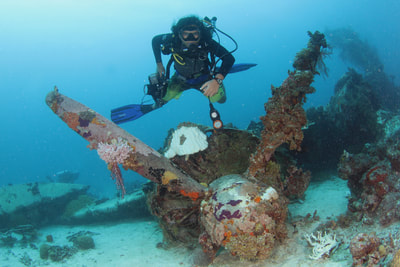
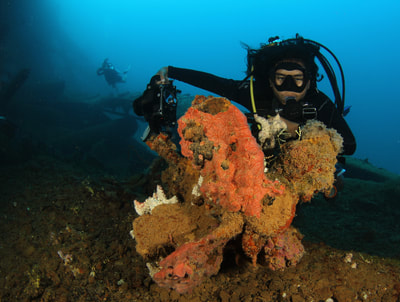
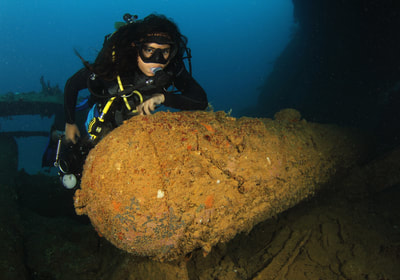
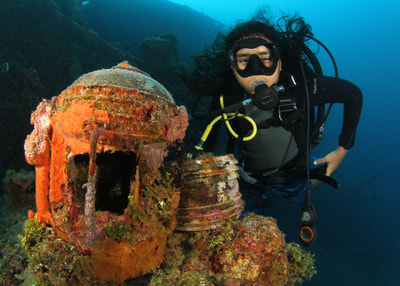
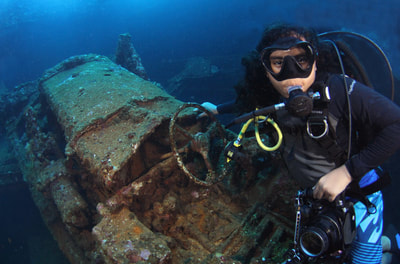
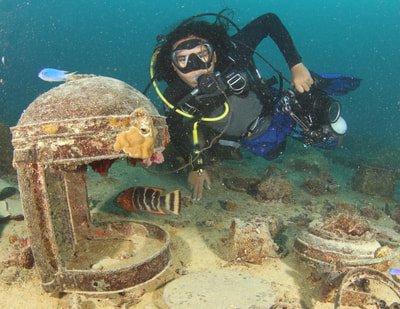
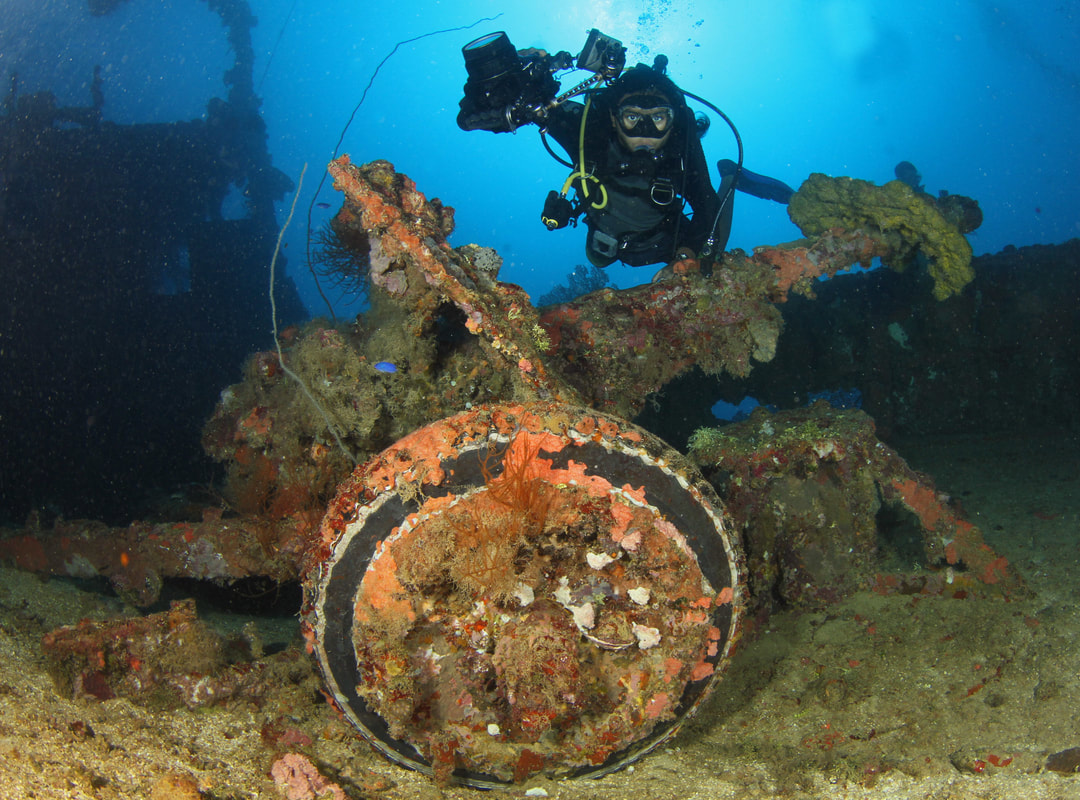
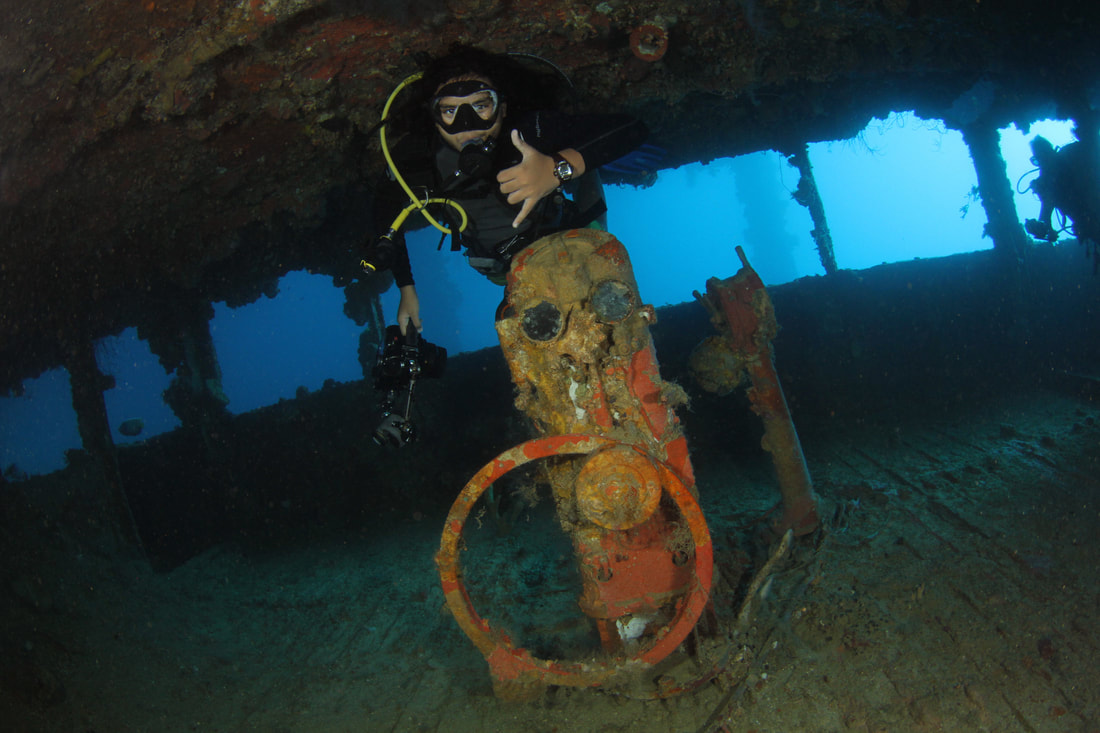
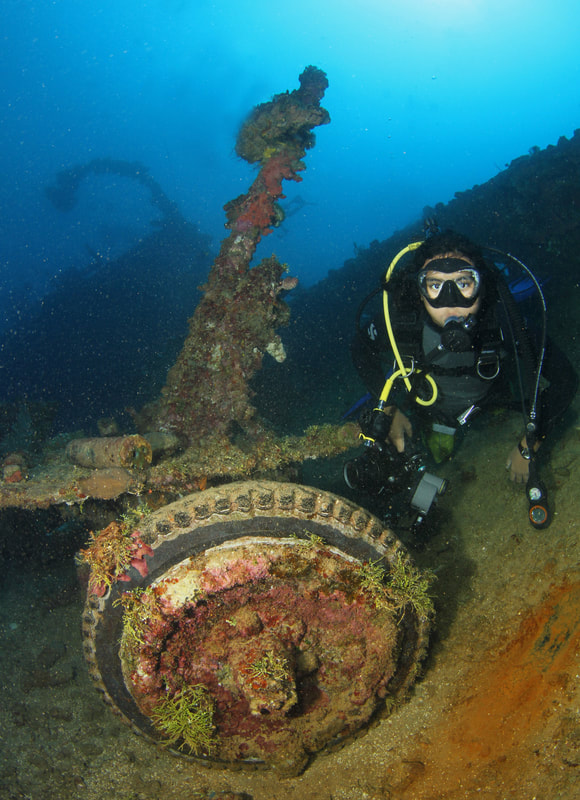
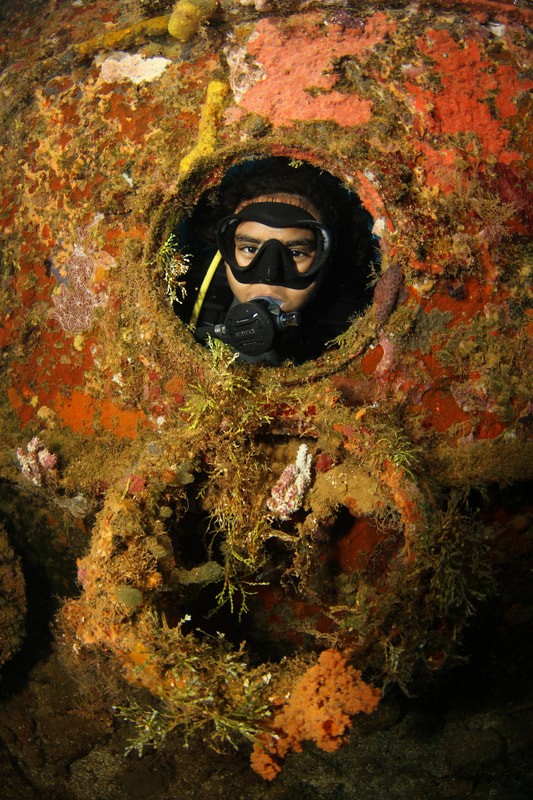
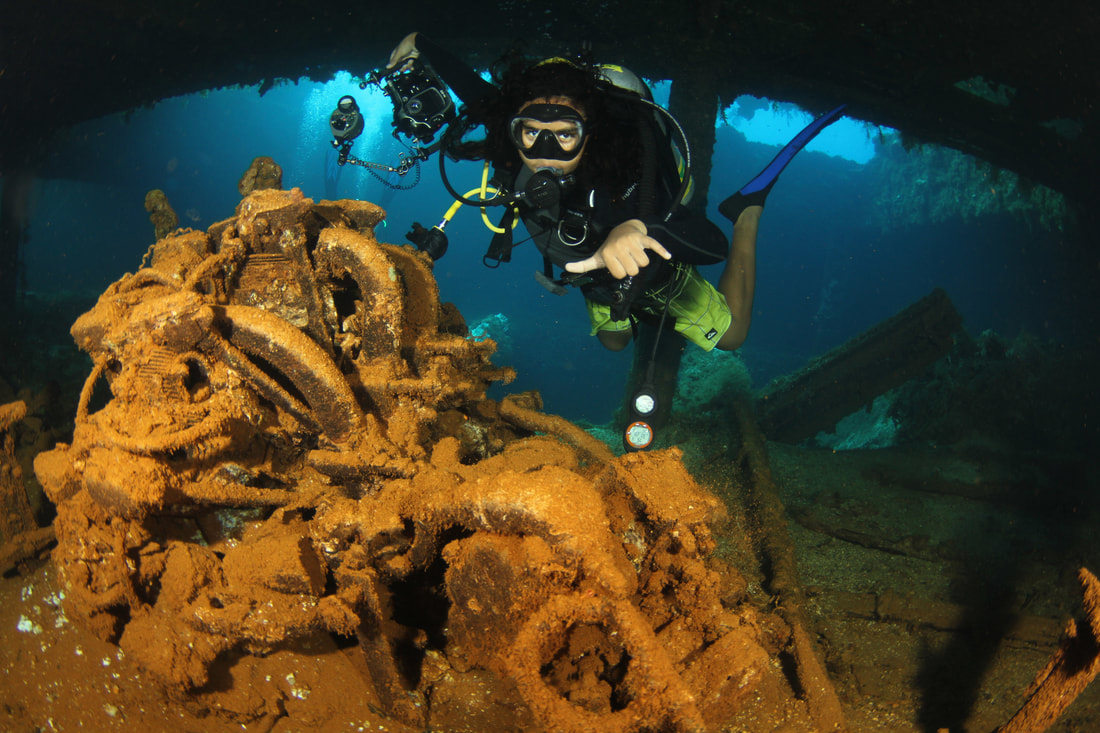
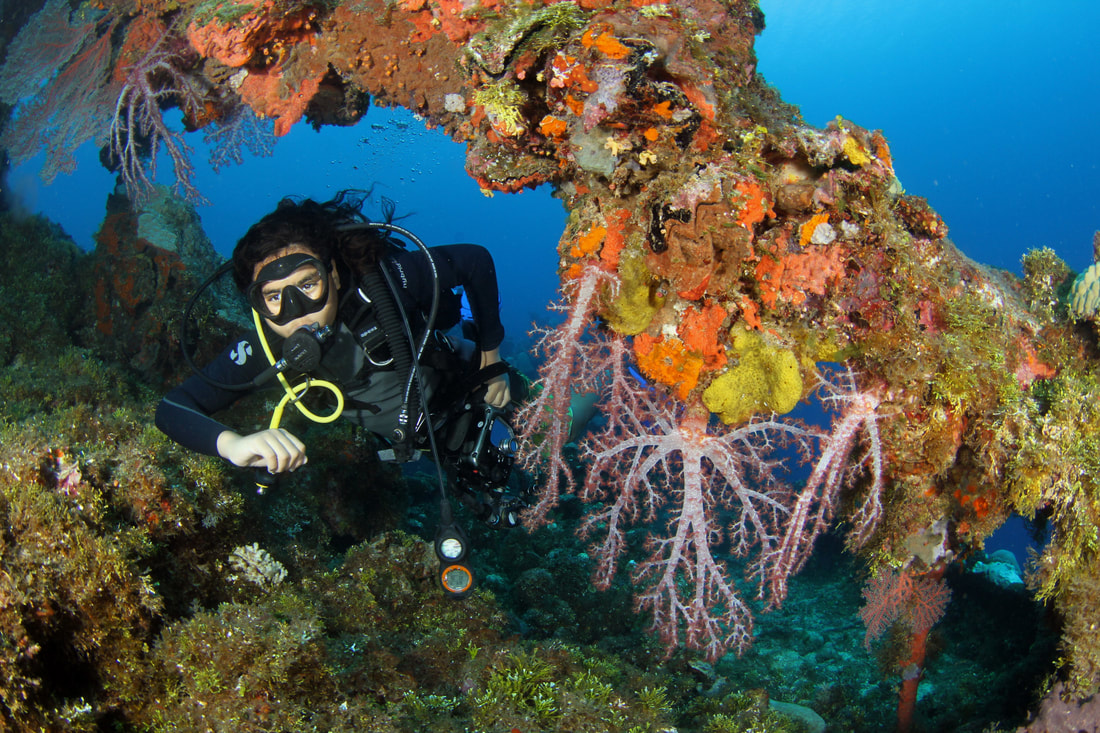
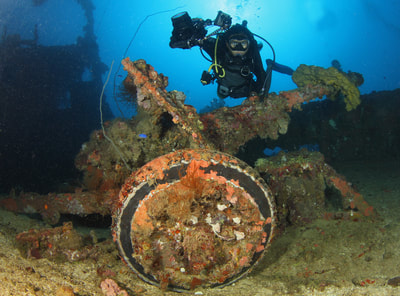
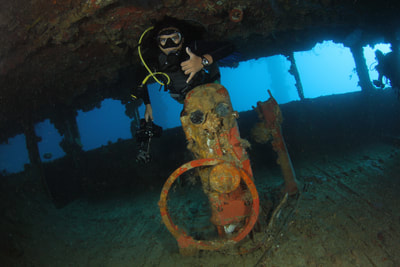
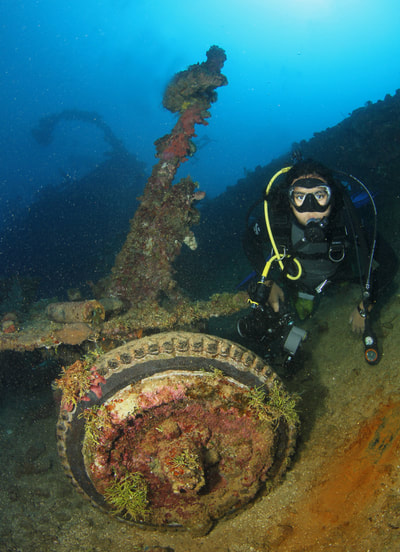
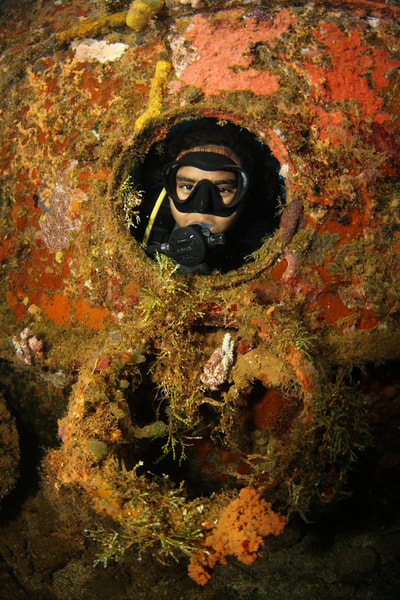

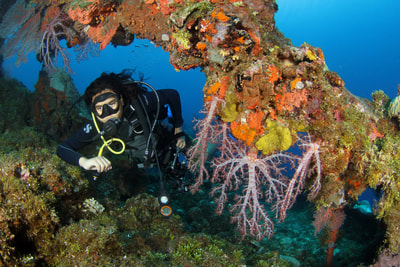
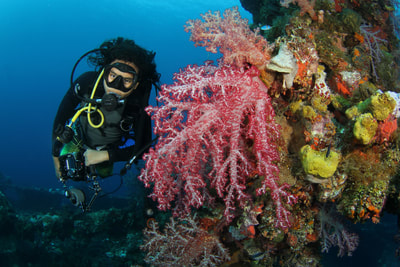
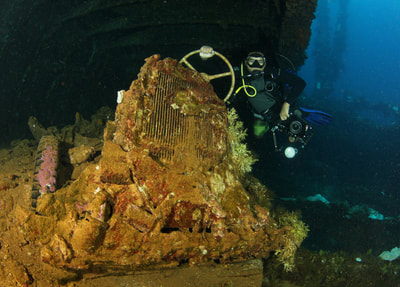
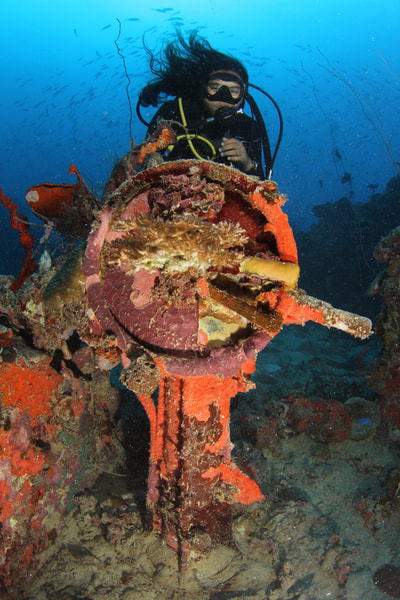
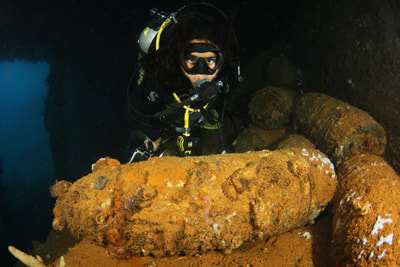
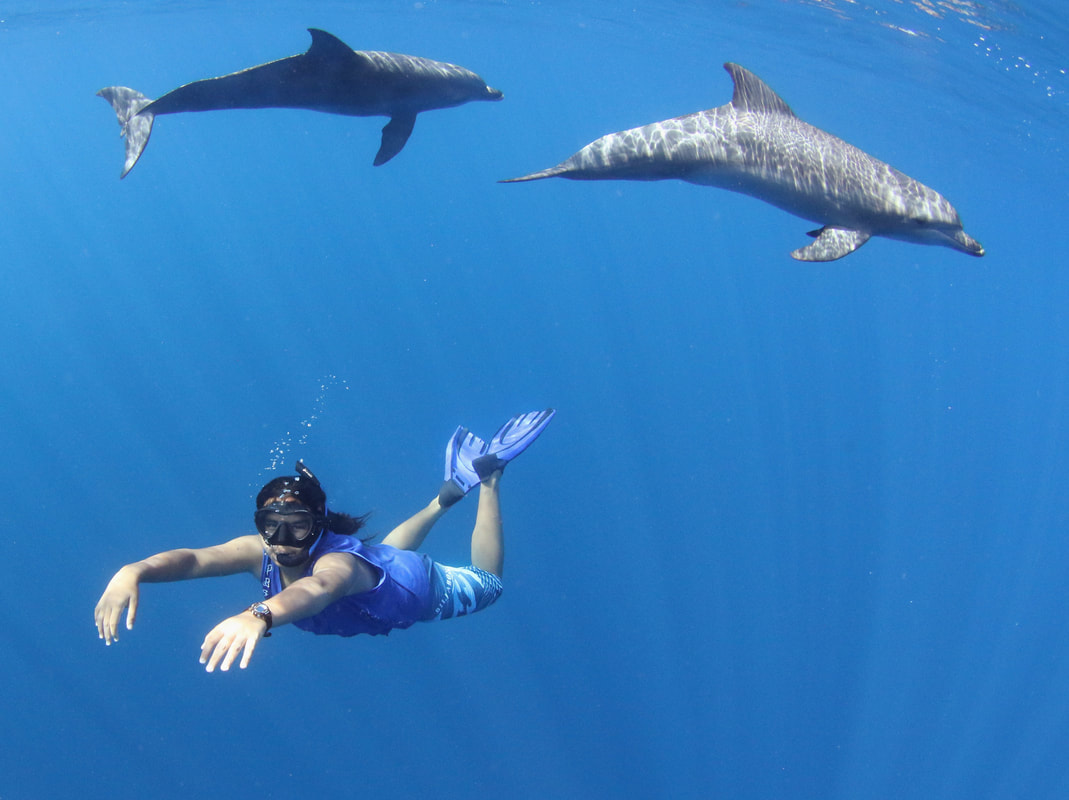
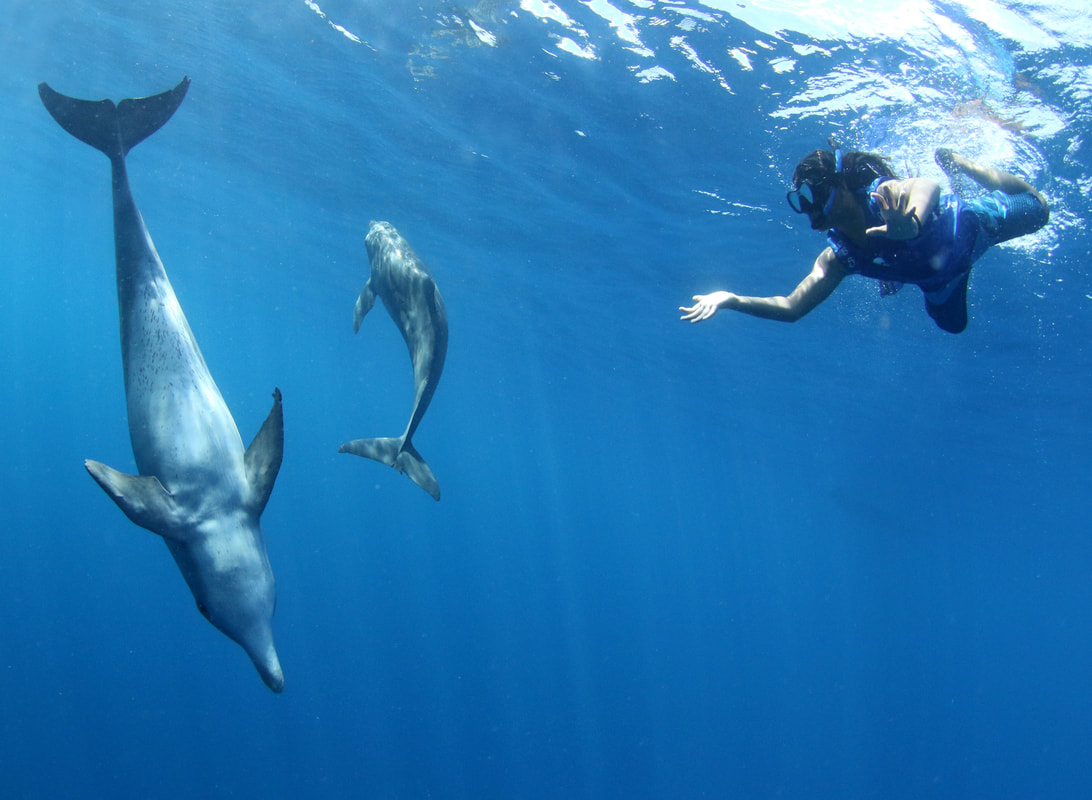
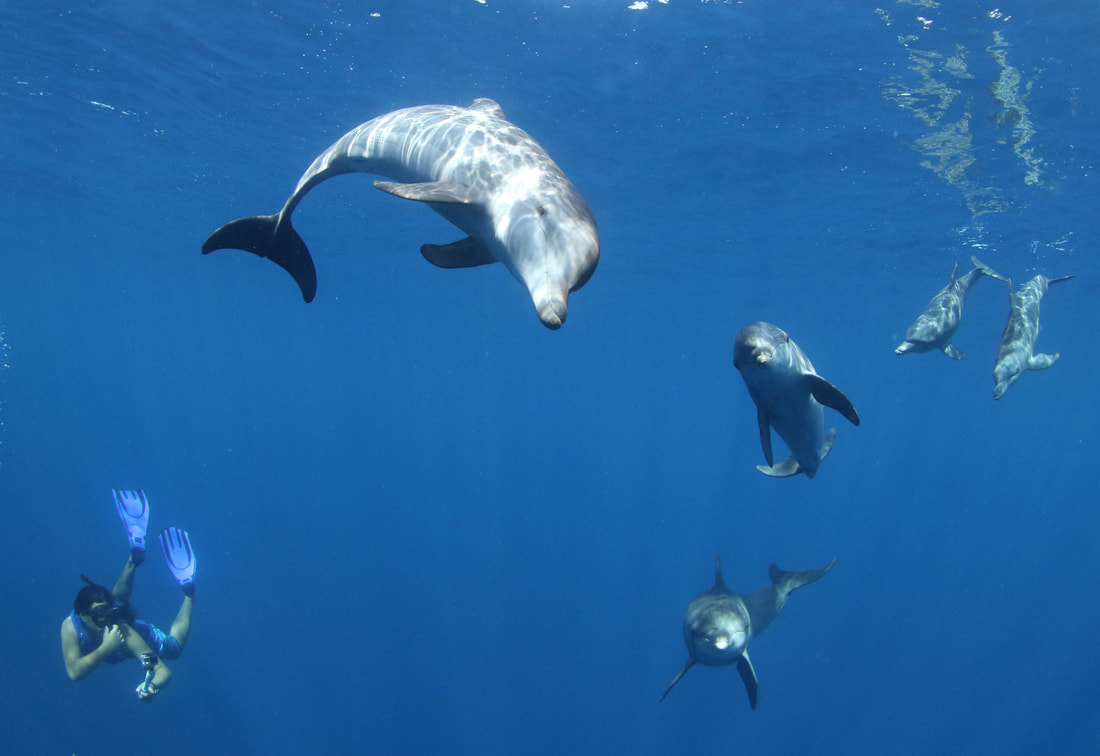

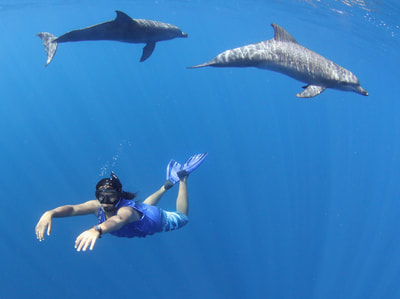
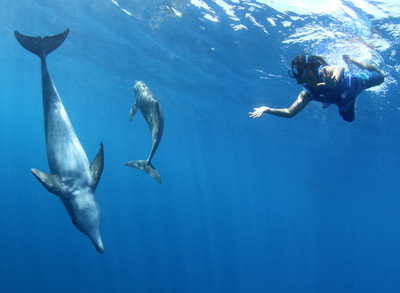
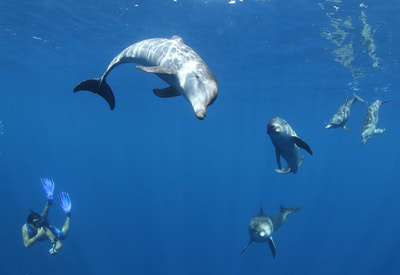
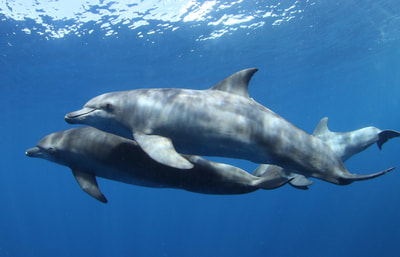
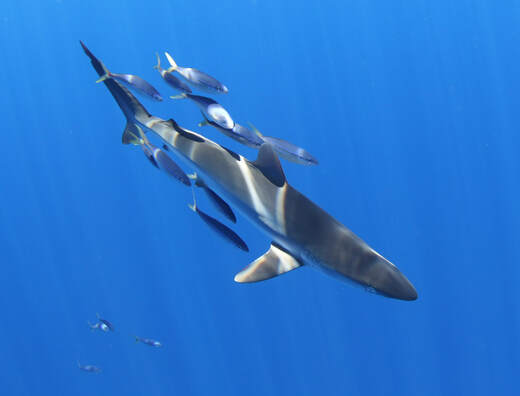
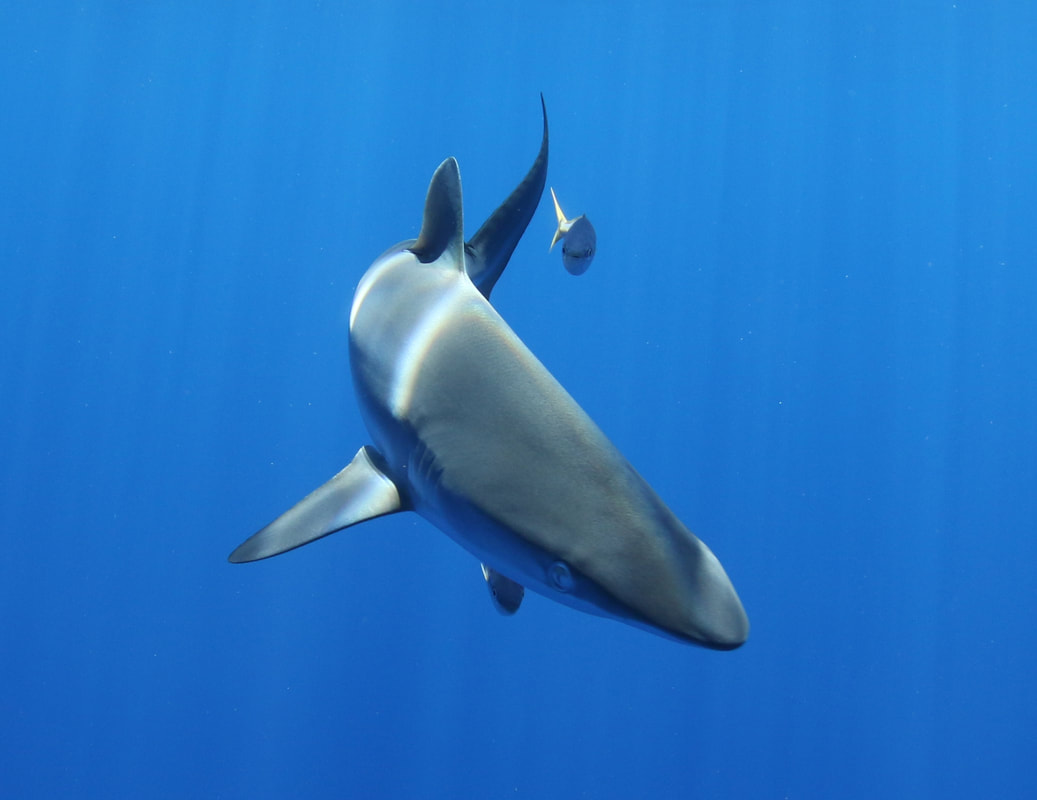
 RSS Feed
RSS Feed